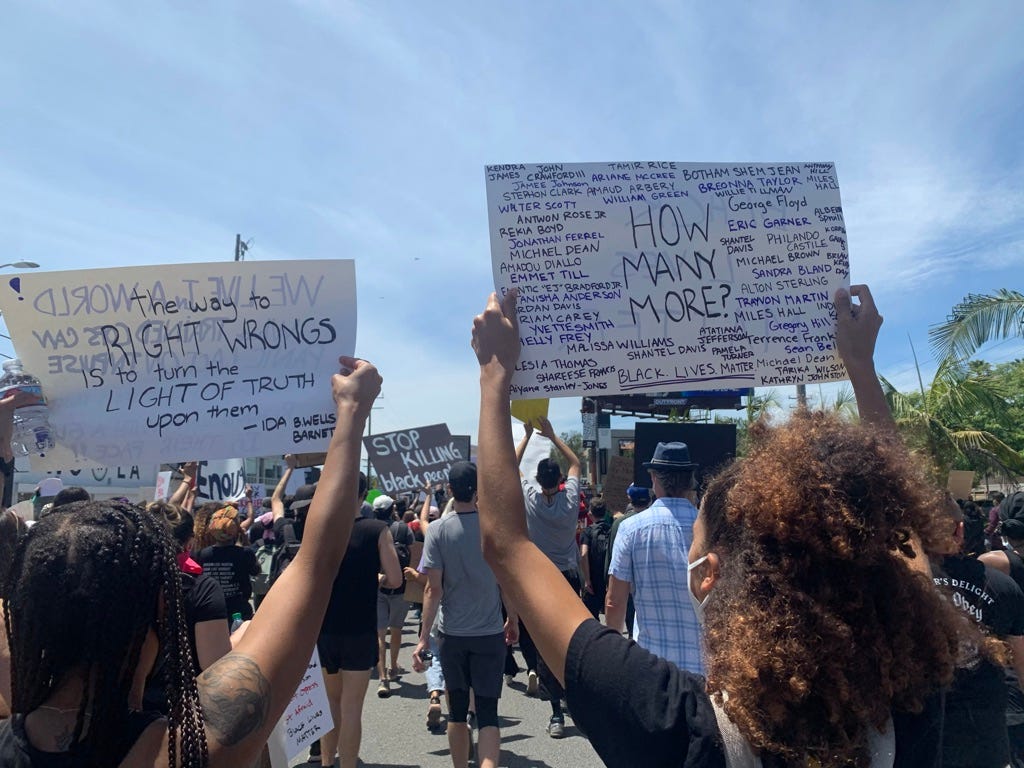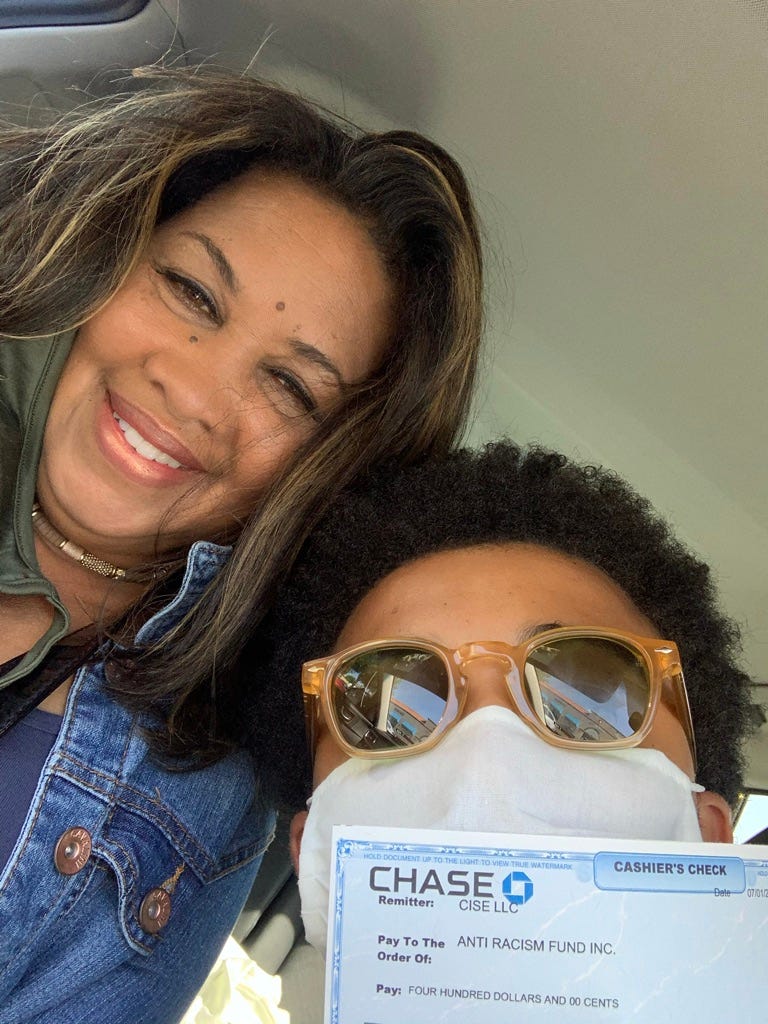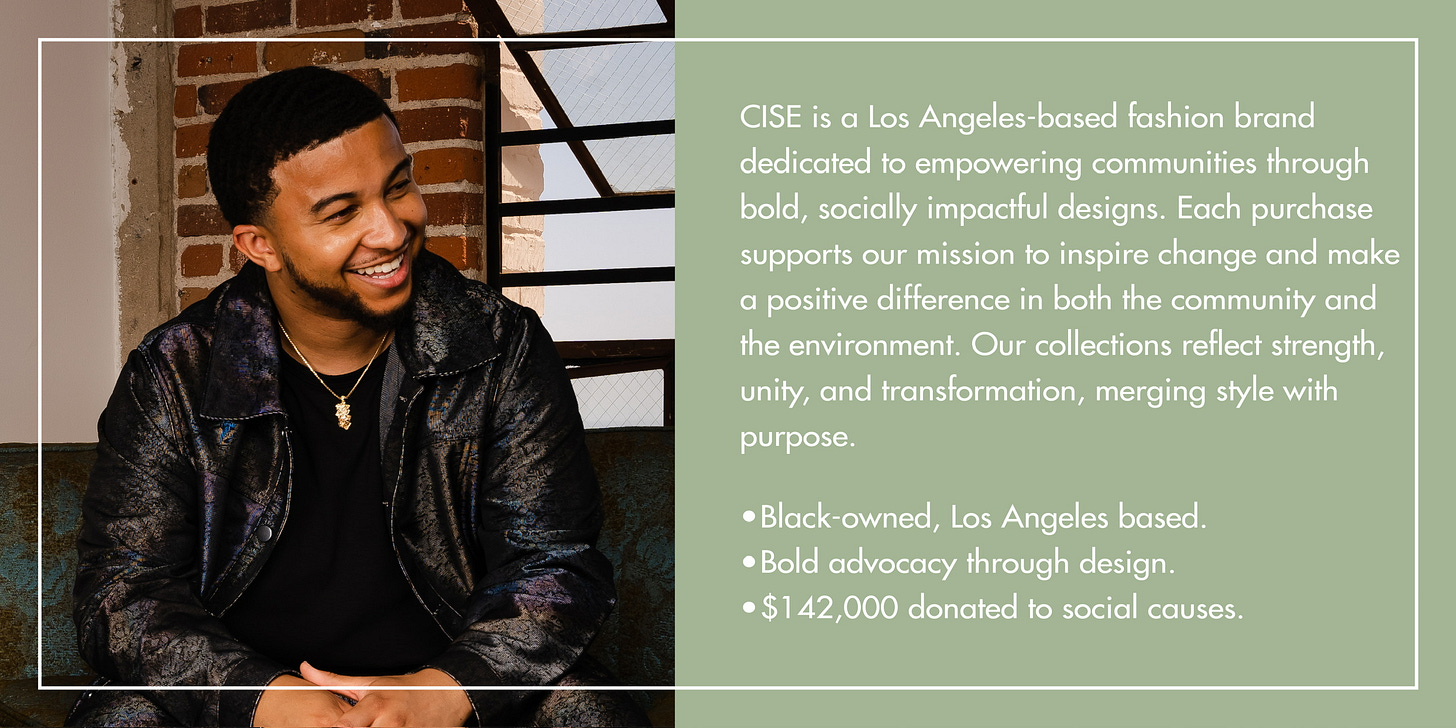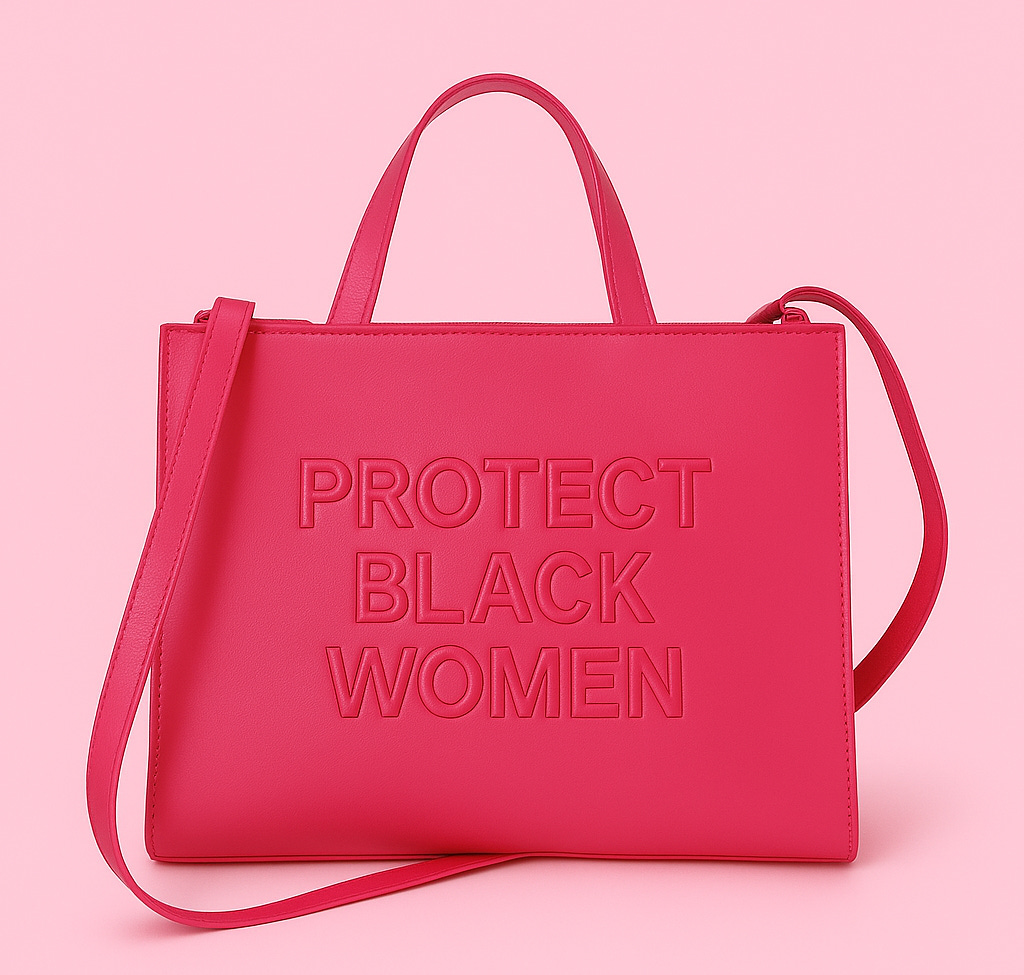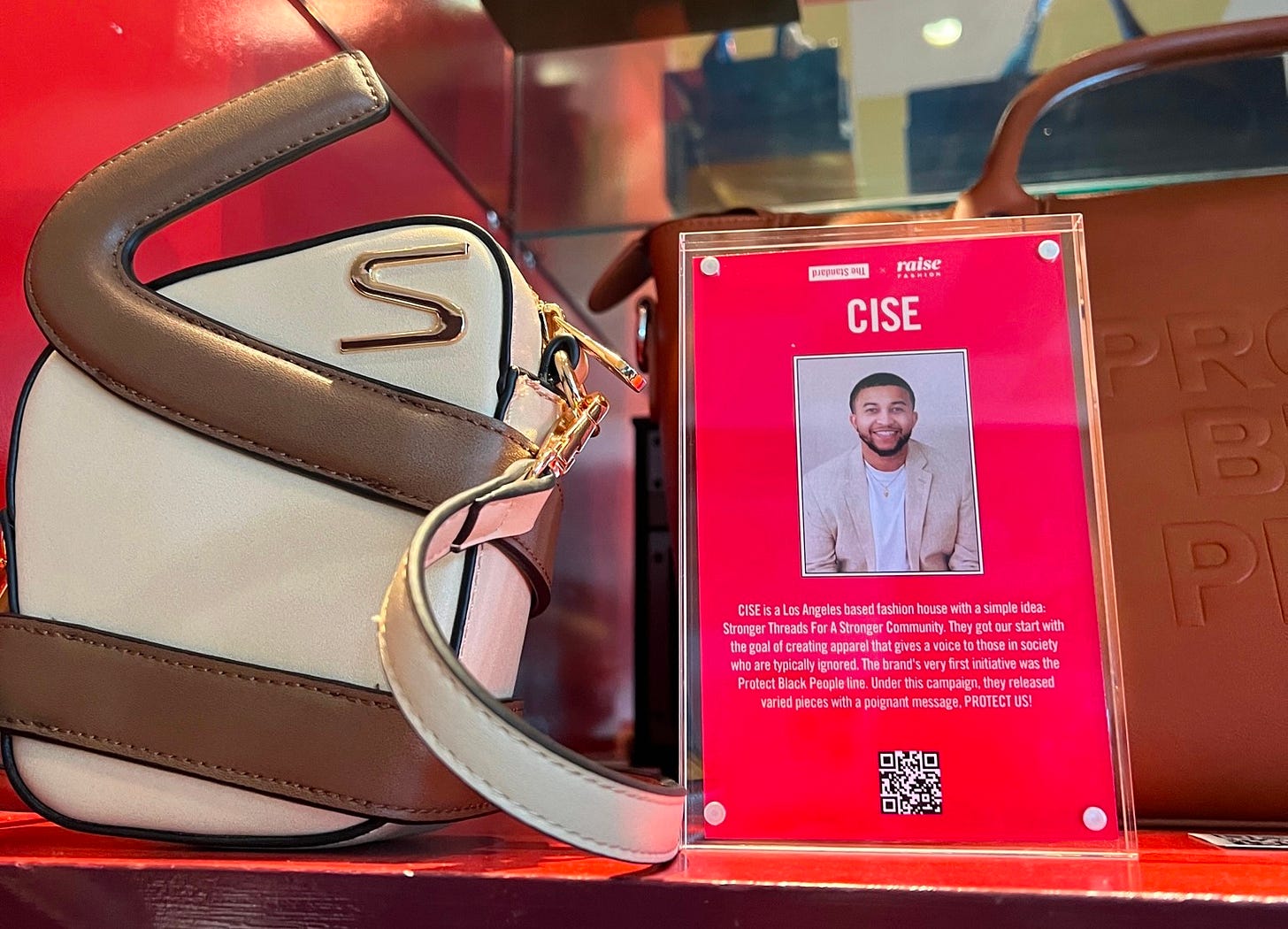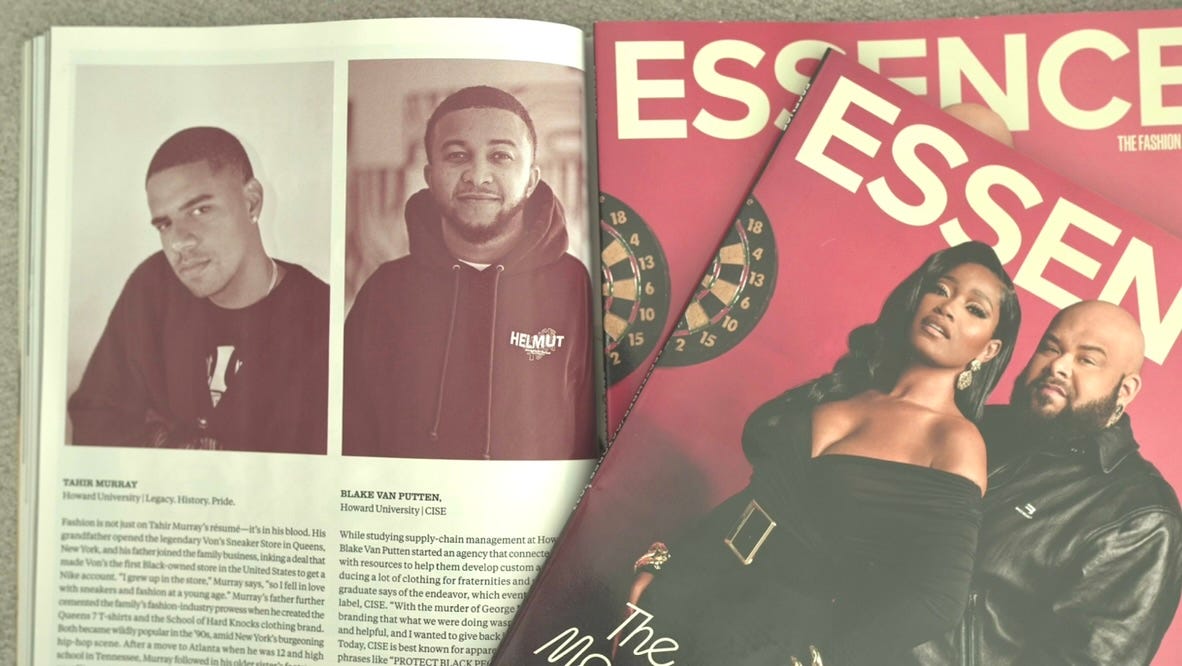How Your Closet Becomes Your Loudest Voice: 14 Truths About Fashion Activism
How Clothing Crosses from Style to Statement
Fashion and activism create a space where personal style becomes public declaration. Clothes become canvases for change, letting people show their beliefs without saying a word. From past movements to today's causes, clothing has been a powerful way to express dissent, solidarity, and hope.
Walking through any city reveals the language of protest fashion. Messages across chests, colors worn in unity, and style choices that challenge norms all make fashion a tool for social conversations. These wearable statements create easy entry points for complex talks about justice, equality, and community values. Clothing might be the most available form of protest, a billboard moving through the world attached to a human story.
Fashion activism works exactly because it takes up public space without asking permission. Unlike planned protests needing permits or social media posts easily scrolled past, a statement piece exists in shared spaces, grabbing attention just by being there. This visibility turns everyday interactions into moments of awakening, making people engage with messages they might otherwise avoid. The power is in this presence, how clothing creates encounters that wouldn't happen through other activist channels.
From Fabric to Movement: How Fashion Speaks
During the Civil Rights Movement, clothing choices were both strategy and necessity. Activists wore their Sunday best to demonstrations, using respectability as armor against brutality and fighting racist narratives. The Black Panthers' uniform of black berets and leather jackets created a visual identity showing strength, unity, and revolutionary purpose. These examples show how fashion choices during social movements are deliberate tactical decisions about image, message, and power.
Why Clothing Speaks Louder Than Words
Clothes have advantages as vehicles for social messaging, starting with accessibility. While many activism channels require education, resources, or confidence, fashion needs minimal participation effort. Someone scared of public speaking or too busy for organizing can still wear their values on their sleeve, literally. This brings in people who might otherwise stay silent and creates broader coalitions for change.
The community-building power of protest fashion is real. When someone sees another person wearing the same message or symbol, an immediate bond forms, a visual confirmation of shared values without exchanging words. This silent recognition creates networks of solidarity, especially valuable for marginalized groups in hostile environments. During risky times, subtle fashion signals allow like-minded people to find each other while staying safe. These visual codes create communities of resistance when speaking out is dangerous.
Most importantly, fashion creates chances for dialogue. A message on clothing invites questions, comments, and sometimes confrontation, turning everyday moments into opportunities for education. These spontaneous conversations reach beyond echo chambers, engaging people who would never attend a protest or read activist literature. The wearer becomes an ambassador, translating complex social issues through personal stories and authentic connection, often more effectively than formal arguments. Have you thought about how your clothes might start important conversations in unexpected places?
CISE's Journey: From Statement Piece to Movement
My early designs came from personal necessity, needing to express frustration, hope, and solidarity during tough times. What started as a single statement piece showed an unmet hunger for fashion that spoke truth about social realities while still looking good. Customers didn't want to choose between style and substance; they wanted both. This shaped CISE's development from individual designs into a comprehensive approach to fashion activism, where everything from production to profits aligned with our mission of community empowerment.
The evolution of our "Protect Black People" pieces in our Statement Collection shows this transformation. Initially created as a straightforward declaration during 2020's racial justice protests, these designs evolved as we listened to community feedback about what protection actually meant in everyday life. Later versions added practical elements, reflective materials for nighttime visibility, durable construction for frontline activists, and subtle versions for people in less supportive environments. Each update responded directly to community needs, showing how fashion activism must stay in conversation with the movements it supports rather than just broadcasting static messages.
Balancing good looks with meaningful messaging takes constant refinement. Too subtle, and the protest element disappears; too literal, and wearability suffers. Finding this balance means designing pieces people genuinely want to wear repeatedly, not just during specific demonstrations. The most effective protest fashion fits seamlessly into daily wardrobes, carrying its message across diverse settings and reaching audiences who might never encounter traditional activism. Our most successful designs achieve this balance, attractive enough to grab attention, meaningful enough to start conversations, and versatile enough to become wardrobe staples rather than one-time statements.
Creating Real Impact
Critics rightfully question whether wearing social messages is meaningful activism or just performative virtue signaling. This criticism demands honest engagement from fashion brands claiming activist missions. At CISE, turning fashion statements into concrete change means creating clear financial connections between purchases and community support. Our commitment isn't measured in Instagram likes but in dollars distributed to organizations working directly with affected communities. By sharing exact donation amounts, over $81,389 in monetary support and $61,500 in products to date, we create accountability for ourselves and a model for others.
The challenge of authenticity haunts every socially-conscious brand in an era where performative activism often outshines genuine commitment. Maintaining message integrity requires constantly checking whether business decisions align with stated values. This sometimes means refusing profitable opportunities that compromise our mission or accepting higher production costs to maintain ethical standards. These choices aren't always visible to customers but fundamentally determine whether protest fashion actually serves the causes it claims to champion or just exploits their imagery for profit.
The most meaningful measure of impact comes through individual stories about how wearing our pieces has created important personal experiences. Customers share stories about conversations started in elevators, classrooms, and workplaces because of our designs, moments of connection and education that might never have happened otherwise. Others describe feeling empowered to advocate for themselves in hostile environments or finding courage through the visible reminder of community support. These stories remind us that while systemic change requires collective action, individual transformations matter tremendously in building momentum toward larger goals.
Consumer as Activist: Voting With Your Wallet
Purchasing decisions are possibly the most accessible form of daily activism available to most people. Every dollar spent is a vote for particular production methods, labor practices, and corporate values. Choosing mission-driven brands redirects financial power toward businesses building the world you want to see, creating market pressure for ethical practices industry-wide. This economic activism works effectively whether or not the wearer actively discusses the values behind their fashion choices, the impact happens regardless through resource redistribution toward companies committed to positive change.
The idea of "wearing with intention" elevates fashion activism beyond passive consumption. This mindset acknowledges that wearing message-driven clothing carries responsibility, preparation for questions, willingness to engage in potentially uncomfortable conversations, and knowledge about the issues represented. Without this intentionality, protest fashion risks becoming empty symbolism. Thoughtful wearers consider context, recognizing when their clothing might spark productive dialogue versus when it might alienate potential allies or put vulnerable people at risk in hostile environments.
Effective fashion activism rarely exists alone. The most impactful approach pairs conscious purchasing and wearing with complementary forms of engagement, voting, community organizing, direct service, or financial support for relevant organizations. This multi-faceted approach prevents the false comfort of believing wearing a message completes one's responsibility. Instead, fashion becomes one component in a comprehensive personal activism strategy, each element reinforcing the others. The garment serves as both public declaration and private reminder of commitments made, helping maintain consistency between stated values and daily actions.
The Fashion Industry's Responsibility: Beyond Performance
Mainstream fashion's relationship with social movements remains deeply problematic, with many brands opportunistically adopting activist aesthetics while maintaining exploitative practices. This contradiction demands greater accountability throughout the industry. Authentic engagement with social causes requires examining every aspect of production, from labor conditions to environmental impact to diversity within organizational leadership. Without this holistic approach, fashion activism degenerates into cynical marketing, potentially harming the very movements it claims to support through misrepresentation and resource diversion.
Mission-driven brands face particular challenges when scaling production. Growth pressures often push toward compromising initial values, substituting cheaper materials, outsourcing to less regulated facilities, diluting messaging to appeal to broader markets. Resisting these pressures requires establishing clear boundaries before they arise, building slower growth models with ethical guardrails, and creating accountability systems that prevent drift from founding principles. This commitment sometimes means accepting profitability limitations other brands wouldn't tolerate, recognizing that mission fulfillment constitutes success beyond financial metrics.
The emerging concept of "values alignment" across the supply chain represents the future of authentic fashion activism. This approach examines whether every entity involved in production, from fabric suppliers to shipping partners, shares fundamental commitments to ethical practices. When alignment exists, the entire production process reinforces the values embedded in the final product, creating integrity throughout the creation journey. This comprehensive approach prevents the hypocrisy of protest garments produced through exploitative methods, ensuring the means of production match the message being communicated.
The Personal Risk and Reward of Wearable Activism
Wearing political messages carries varying degrees of risk depending on social context, geographic location, and personal identity factors. For members of marginalized communities, displaying solidarity with their own group may intensify already-present targeting, while privileged individuals may face minimal consequences for identical messaging. This risk disparity requires thoughtful consideration about who bears the burden of visibility in different settings. Authentic fashion activism acknowledges these power dynamics, creating options with different visibility levels for varying risk tolerances while ensuring support resources exist for those facing negative repercussions.
The emotional labor of serving as a walking billboard for social causes cannot be overlooked. Wearing activist messaging transforms ordinary activities into potential confrontations, requiring constant readiness for questions, challenges, or even hostility. This continuous state of representational readiness creates significant emotional taxation beyond what non-message-wearing individuals experience during identical activities. Supporting those engaging in this form of activism means acknowledging this invisible labor, creating community spaces for processing difficult encounters, and developing resources for managing the psychological weight of constant advocacy
Despite these challenges, many people report profound personal transformation through fashion activism. Wearing values externally often strengthens internal commitment through consistency pressure, the psychological tendency to align actions with public statements. Additionally, the experience of navigating challenging conversations about worn messages builds communication skills and deepens understanding of complex issues. Many describe finding their voice through initially letting their clothing speak, gradually developing confidence to articulate positions verbally after beginning with visual declarations. This developmental journey from wearing messages to becoming their embodiment represents fashion activism's potential for personal empowerment beyond social impact.
The Art of Strategic Visual Messaging
Effective fashion activism operates at the intersection of design theory and movement strategy, utilizing visual principles to maximize impact without sacrificing wearability. Color psychology plays a crucial role, high-contrast combinations create immediate visibility from distance, while specific palette choices trigger emotional and cultural associations supporting the message. The CISE design process specifically considers these elements, selecting colors that balance aesthetic appeal with psychological resonance, ensuring each piece functions simultaneously as attractive garment and effective communication tool. This deliberate approach transforms fashion from decorative afterthought into strategic visual activism with measurable impact potential.
Typography choices significantly influence message reception, with font selection subtly communicating tone, urgency, and cultural positioning. Bold, sans-serif treatments suggest immediacy and modernity, while serif options can convey historical continuity with established movements. Letter spacing, size hierarchies, and placement across garment areas further enhance readability in different contexts, whether viewed across crowded spaces or engaged with during personal conversations. These seemingly minor design decisions dramatically affect how messages enter public consciousness, determining whether statements register as aggressive confrontations or invitations to dialogue. Thoughtful design helps messages reach intended audiences effectively without alienating potential allies.
Beyond individual garments, comprehensive visual branding creates recognizable movement signatures transferable across diverse applications. The most effective fashion activism develops coherent visual ecosystems where garments represent one component within broader identity systems spanning digital platforms, physical spaces, and protest materials. This strategic approach ensures message consistency while facilitating immediate recognition, allowing disparate actions to register collectively rather than as isolated statements. As CISE has evolved, our focus has expanded from individual pieces toward developing this kind of comprehensive visual language, ensuring our activism achieves maximum coherence across multiple touchpoints both online and offline.
Collaborative Power: Building Fashion Activism Networks
Fashion activism achieves maximum impact through strategic coalition-building, connecting individual creators into networks with complementary strengths and shared values. These collaborations expand reach, enhance credibility, and create more comprehensive resource redistribution than isolated brands can achieve independently. CISE actively cultivates these relationships, partnering with mission-aligned organizations across sectors, from grassroots community groups to established media platforms, to amplify messages beyond our immediate customer base. These partnerships demonstrate how fashion activism reaches its full potential through ecosystem-building rather than brand-centered approaches, measuring success through collective impact rather than individual recognition.
Cross-disciplinary collaborations particularly enhance fashion activism's effectiveness by integrating expertise from different fields. Partnerships with social scientists help translate academic research into wearable messaging, while collaborations with community organizers ensure designs address actual movement needs rather than assumed priorities. CISE's design process increasingly incorporates these multidisciplinary inputs, consulting with experts across sectors to create pieces informed by comprehensive understanding of the issues addressed. This approach moves fashion activism beyond aesthetic interpretation toward evidence-based visual communication with measurable outcomes, grounded in both artistic expression and factual accuracy.
The most powerful collaborative model creates direct participation opportunities for affected communities rather than merely representing their concerns. This co-creation approach transforms traditional designer-consumer relationships into partnerships where those most impacted by issues help determine how they're visually expressed. CISE increasingly incorporates these participatory methods, developing designs through community workshops, feedback sessions, and direct consultation with organizations representing affected groups. This approach prevents the extractive dynamics plaguing much social-justice-oriented design, ensuring fashion activism amplifies authentic community voices rather than imposing external interpretations of their experiences, needs, or visual preferences.
Measuring Success: Beyond Sales to Social Change
Traditional business metrics inadequately capture mission-driven fashion's actual impact, requiring more sophisticated evaluation frameworks. Comprehensive assessment examines multiple dimensions: financial sustainability enabling continued work, quantitative community contributions through monetary and product donations, audience education effectiveness through pre/post-engagement surveys, and qualitative feedback from affected community members about real-world effects. CISE continues developing more nuanced measurement approaches beyond simplistic sales tracking, recognizing that true success requires balanced consideration across all these domains rather than prioritizing any single metric. This multidimensional evaluation prevents mission drift by keeping social outcomes centered amid business growth.
Long-term impact assessment presents particular challenges for fashion activism given social change timelines extending far beyond typical business reporting cycles. Meaningful evaluation requires longitudinal tracking, following how messaging evolves from initial awareness-building through attitude shifts into behavioral changes and ultimately policy transformations. These extended timeframes necessitate patience and sustained commitment beyond quarterly thinking, maintaining consistent messaging through multiple seasons while society gradually absorbs and responds to ideas initially considered radical. CISE's approach acknowledges these extended timelines, focusing on persistent presence rather than quick wins and measuring progress through incremental indicators rather than expecting immediate systemic transformation.
The most meaningful success metrics come directly from community members affected by the issues addressed through fashion activism. Regular consultation with these stakeholders, through formal research, informal conversations, and structured feedback mechanisms, provides the most authentic assessment of whether designs actually serve their intended purpose. This approach prioritizes accountability to communities rather than abstract impact theories, ensuring fashion activism remains responsive to evolving movement needs rather than becoming self-referential or disconnected from ground realities. CISE continually refines our evaluation processes based on this principle, measuring success primarily through community voice rather than external validation or industry recognition.
Weaving a Better Future Through Conscious Clothing
Fashion activism's power comes from its position at the intersection of personal expression and public declaration. Clothing occupies the space between our private values and their public manifestation, making tangible the beliefs we hold most deeply. When designed and worn with genuine intention, these garments create continuous opportunities for human connection across difference, small openings for conversation, education, and mutual understanding that might otherwise never occur. These accumulated interactions, replicated across countless daily encounters, build the foundation from which larger social transformations eventually emerge.
The fashion industry itself requires fundamental transformation if clothing is to fulfill its potential as a vehicle for authentic activism. Current production models built on exploitation and environmental degradation fundamentally contradict the values most protest fashion claims to champion. Reimagining industry structures around genuine care for human dignity and planetary health represents the necessary next evolution. This systemic approach acknowledges that how things are made matters as much as what message they carry, that medium and message must align completely for fashion activism to maintain integrity.
At CISE, our journey continues through constant listening, learning, and adaptation. Our tagline, "stronger threads, for a stronger community," speaks to this ongoing commitment to weaving connections that extend far beyond fabric. True fashion activism transforms individual garments into nodes within vast networks of care, accountability, and collective action. Each piece becomes both an invitation and a promise, an opening toward dialogue paired with commitment to substantive change. Through this dual purpose, clothing fulfills its highest potential, not merely covering bodies but connecting them in movements toward justice that ultimately benefit us all. What message would you want to wear that represents your deepest values, and would you feel comfortable wearing it in all contexts of your life?





